When it comes to childhood reading material, there are some books that are trends and others that are classics!
While there are undoubtedly plenty of once-popular books that didn’t stand the test of time, some series, like Anne of Green Gables or Nancy Drew, are as excellent today as they were decades back.
And of course, one series stands out above all the rest: Laura Ingalls Wilder’s Little House On The Prairie books.
Today’s little girls will share these books with their mothers and grandmothers, and will even have the option of digging back into television history to watch Melissa Gilbert star as little Laura on the televised interpretation.
But with so much focus on the Laura as a character in beloved children’s books, it can be easy to forget that she was a real person with a fascinating life story that expanded beyond what we read about in the books or saw on TV.
Read on below to learn more about the real life of one of literature’s pluckiest heroines!
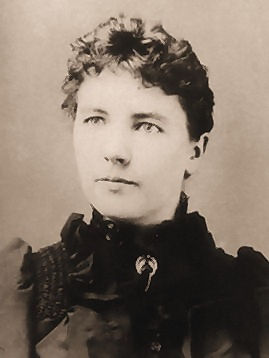
Laura Ingalls Wilder, as most fans of her will know, was born Laura Ingalls in the Big Woods of Wisconsin.
She was born in 1867 and spent her childhood moving throughout the American midwest, as her homesteader parents worked to find the right spot to settle down.
It wasn't until Ingalls Wilder was herself a married woman with a grown daughter that she decided to start an account of her unusual, nomadic childhood on the American frontier.
This memoir-style book was originally entitled Pioneer Girl, but morphed and expanded into an nine-part series depicting Ingalls Wilder's childhood with largely faithful historical accuracy.
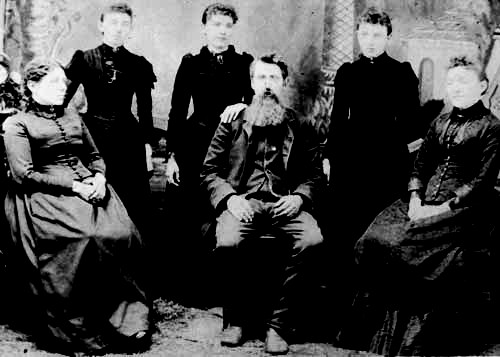
The first two books in the series are Little House In The Big Woods and Little House On The Prairie, which detail the rural lives of Laura, her older sister Mary, and her younger sister Carrie.
Laura is depicted as about 5 when the books begin, but Ingalls Wilder actually tweaked the timeline, representing Laura as roughly 5 in the Big Woods book, and roughly 6 or 7 in the Prairie book.
In reality, she was just a toddler when she lived on the prairie, and 4 or 5 when her family moved back to the Big Woods.
She adjusted the timeline of the books and aged her characters up because Prairie is so instrumental to her story, and her publisher didn't think anyone would believe a middle-aged woman could remember being a toddler so clearly.
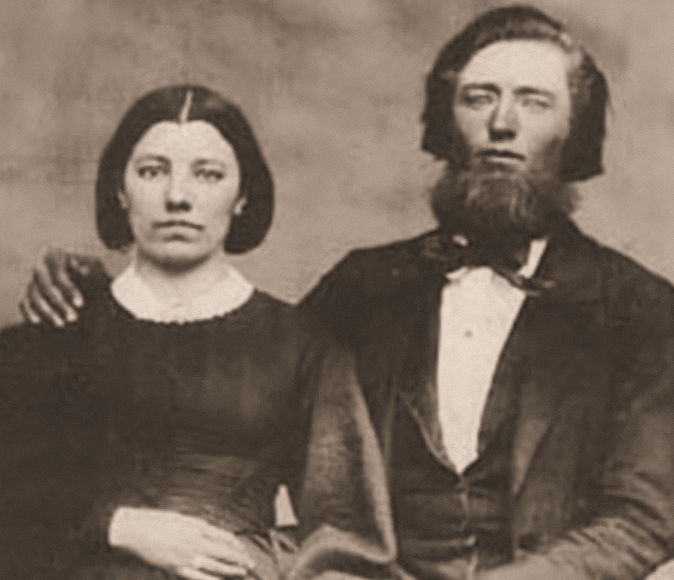
Ingalls Wilder's books focus mainly on the themes of home and family, especially since the Ingalls family lived in relative isolation in their homesteading lifestyle.
The family was led by Laura's father and mother, Charles and Caroline Ingalls, always referred to in the books as "Pa" and "Ma."
In addition to Mary, Laura, and Carrie, the Ingalls had a fourth daughter, Grace, later on.
With their girls in tow, the Ingalls moved, crisscrossed continuously across America, from Wisconsin to Kansas, back up to Wisconsin and to Minnesota, down to Iowa, to South Dakota, and finally to Missouri, where Ingalls Wilder landed as an adult.

She lived there with her husband, Almanzo Wilder, who received a book of his own, Farm Boy, courtesy of his talented wife.
Ingalls Wilder recorded the events of two years in her husband's life when he was between 11 and 13 years old and working on his family's farm.
Ingalls Wilder didn't actually meet her future husband until about 10 years later, when he was a homesteader and neighbor to her parents in De Smet, SD.
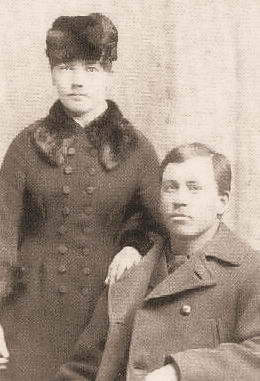
Almanzo began courting young Laura when she was around 15, and he was 25 or 26, though the age gap is smaller in the books.
Despite her youth, she was already a young professional, working as a school teacher in another South Dakota community, when they began seeing each other.
Eventually, after three years of courtship, they married and established their own homestead, where they had two children, a baby boy that did not survive infancy, and a daughter, Rose.

Ingalls Wilder makes a deeply romantic and nostalgic story out of her childhood, and the early years of her marriage to Almanzo, but there can be no doubt that the pioneering life was a challenging one.
The Ingalls family went through repeated hardships during Laura's childhood, from plagues of locusts to fearsome storms to the epidemic of Scarlet fever that took Mary Ingalls' eyesight.
In adulthood, similar strife persisted. Almanzo was stricken badly with diphtheria, they lost their homestead in a fire, and the young couple struggled for many years to scratch out a living from the land they eventually purchased in Mansfield, MO.
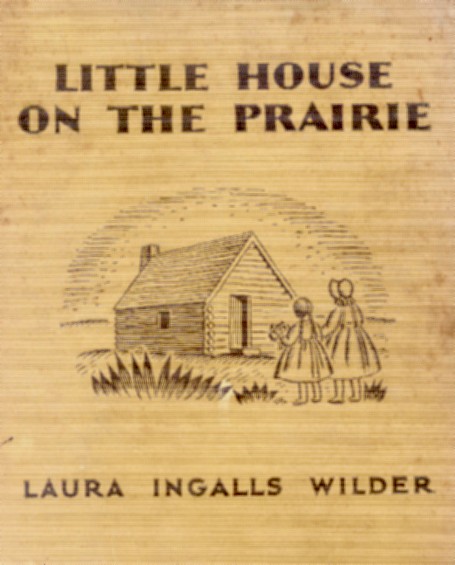
It took many, many years of hardship, but eventually, the Wilders found a nook of financial stability and kept up the hard work, expanding their farm, rearing poultry, and helping other rural neighbors develop good techniques for replicating their success.
The Wilders became genuinely prosperous, and Ingalls Wilder found herself with the time and opportunity to finally write down the story of her exceptional childhood with help from her daughter Rose, by then working as an editor.
Despite humble origins, Laura Ingalls Wilder carved an impressive niche for herself, sharing her story with children of all ages for many years, and securing prosperity for herself and generations to come.
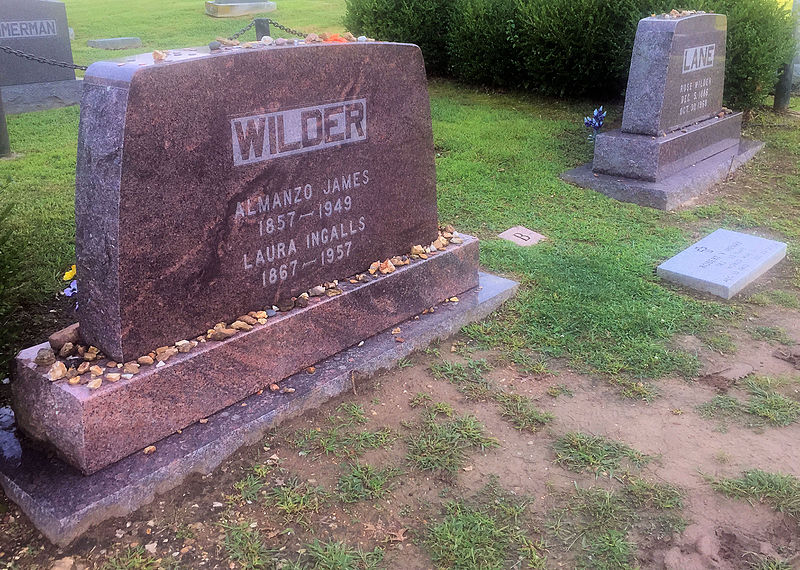
Laura and Almanzo Wilder lived on their own in their Missouri farmhouse happily for many years after the books were published.
They tilled the land and puttered about enjoying their retirement until Almanzo, despite his brush with diphtheria as a young man, passed away at the age of 92.
Laura outlived him by eight years. She passed away just days after her 90th birthday in 1957 and was buried alongside her husband in a plot that is still visited by literary pilgrims more than half a century later.
If you were intrigued to learn about Laura Ingalls Wilder's life after the books, please make sure to SHARE this story with friends who loved her books as much as we do!




